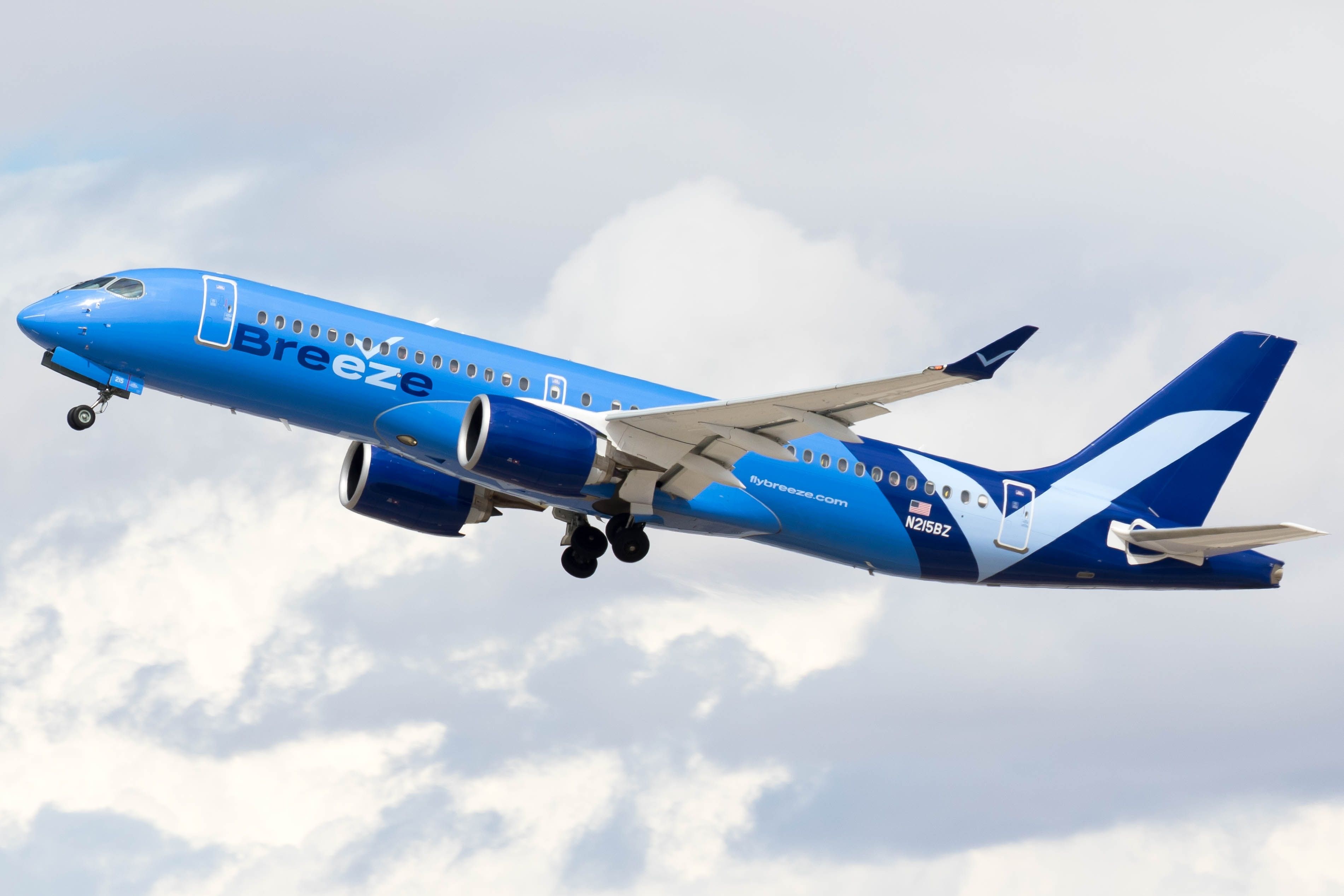A team of student researchers from Embry‐Riddle Aeronautical University have won first place in a national competition for their project exploring the potential of drones to minimize wildlife strikes at airports. Drones could prove a key asset to help authorities develop a better understanding of local wildlife populations and formulate more effective strategies to avoid strikes, particularly bird strikes . Drones could enhance airport wildlife hazard assessments The team - consisting of Anna Golendukhina, Dr.
Flavio Mendonca, Savanna Box, Nicholas Buckalew and (not pictured) Raymon Ayres and Jose L. Cabrera - won first place in the Airport Cooperative Research Program’s Student Research Design Competition held in Washington, DC for their research on drones , or uncrewed aircraft systems (UAS) and airport wildlife strikes. The project - called Integrating Unmanned Aerial Systems (UAS) for Enhanced Wildlife Hazard Assessments within Airport Environments - was commended for its "solid approach" to exploring the use of drones for wildlife hazard assessments (WHA).
Aeronautics Master's student Golendukhina commented, "Drones not only make the process more cost-effective but also significantly enhance the ability to identify different wildlife species simultaneously. They make the entire process of wildlife data collection not only more thorough but also much safer for the experts involved." As the project notes, traditional WHA approaches are "limited by logistical constraint.


















